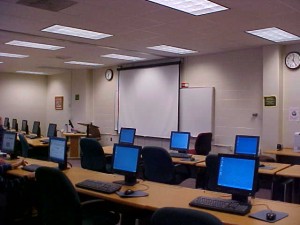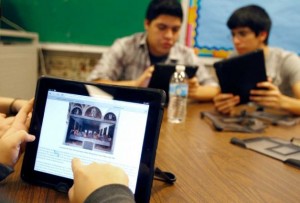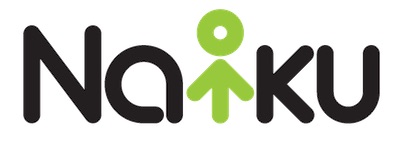 Lately I have been wondering why the “computer lab” is still so prevalent, and I wonder how long these groups of computers (in what could be used as classroom space) are going to last. Is it the beginning of the end for the computer lab?
Lately I have been wondering why the “computer lab” is still so prevalent, and I wonder how long these groups of computers (in what could be used as classroom space) are going to last. Is it the beginning of the end for the computer lab?
I did a little research on how the computer lab started, and have come to the conclusion that they are an out-growth of the experiential learning push from the 1970’s – the language lab, the science lab, the math lab and the computer lab. Experiential learning is a great thing – so the concept behind the labs is a great thing too. Often to get something started, it is important to have a space where experimentation can happen until everyone figures out “how it works.” When you figure out how it works, then you transition out of the “startup space” and make it generally available to everyone.
The exciting thing about computing devices is that unlike a science or language lab, the computer is portable multi-purpose tool. It can be used in many different subjects and many different ways. More exciting is that 4-5 years ago these computing devices became portable and powerful enough to be used across subjects. Even more exciting is that the price point for these powerful portable devices (iPads, Android tablets, laptops, Chromebooks, etc.) is coming down to where a 1:1 situation possible. In bring-your-own-device (BYOD) situations, there might even be more than one device per student.
So, if these devices can be powerful, portable and priced-right, can we take the goal of the “lab” and expand it to cover the entire school? Or better yet, cover the entire teacher and student population, wherever they are?

We’re already on this path. Of course, the challenge will not actually be deploying the devices, providing wi-fi, network management, etc. – these are just events that will happen – The real challenge is how educators will leverage the situation for instruction. Is it enough to play a mobile/social game of Oregon Trail? Do books need to be graphical and interactive? How will real-time assessment information be used to change instruction real-time in the classroom?

